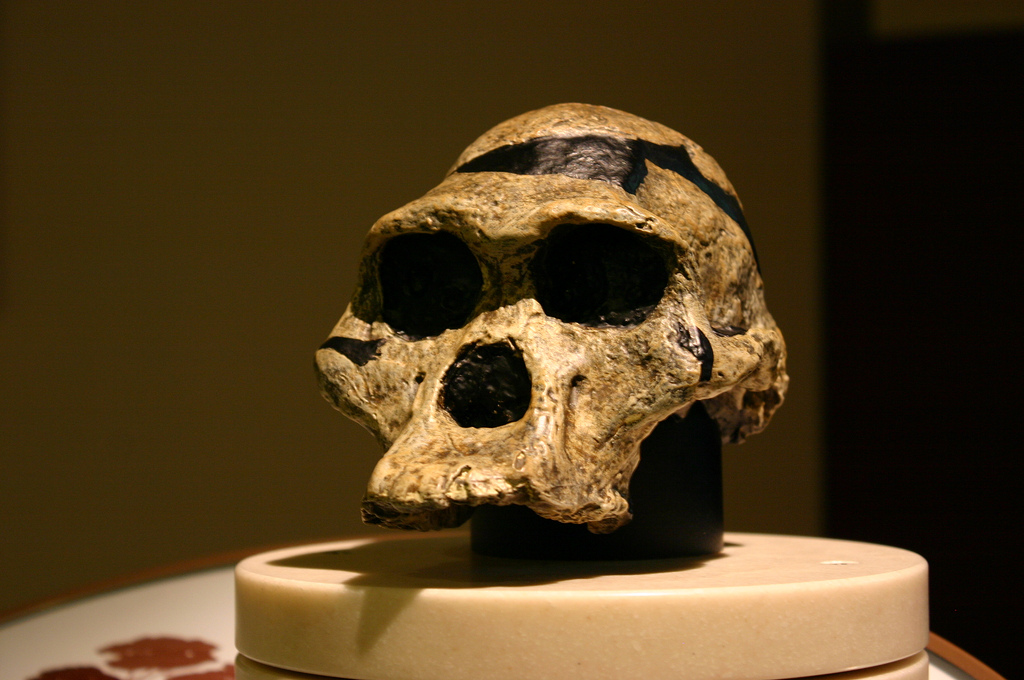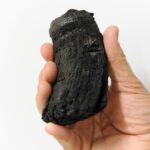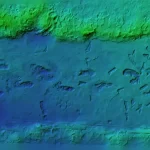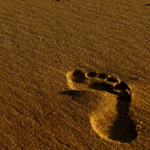New Scientist
Image: Ryan Somma
He looks impatient, like a slightly older, more restless version of Indiana Jones, only trapped in the foyer of a hotel near Edinburgh Castle rather than some exotic citadel. But this is Richard Leakey, a member of the clan whose name is synonymous with palaeoanthropology. And while he may have quit the field some time ago, its rows still touch a nerve.
“Being somewhat of a curmudgeon, what does an odd population of mini-hominins on an isolated island really tell us about us? You could almost say, so what?” Does Leakey really mean to be that dismissive of the high-profile debate over Homo floresiensis – better known as the “Hobbit”? The fossils are not widespread, he says: “We’re talking about a very few individuals, and it certainly has no role in our own evolutionary story.”
Tough talk, and revealing of the extent to which Leakey stands apart from his erstwhile peers. The tiny 18,000-year-old hominin fossils turned up on the Indonesian island of Flores in 2003, and have been causing trouble ever since. There are two conflicting positions on their origin: they are the remains of diseased modern humans, or they represent a distinct species. Leakey has just suggested a third view: from the standpoint of human evolution, it doesn’t much matter either way. Read more on newscientist.com…








